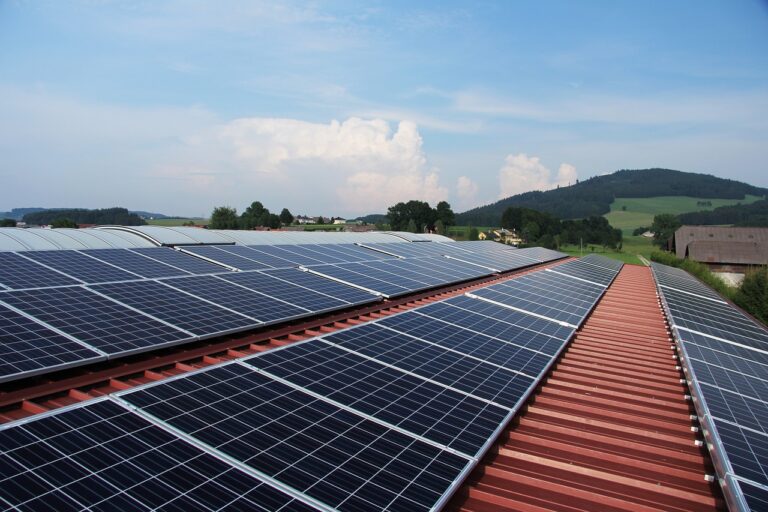Energy Communities are associations of citizens, entities or small and medium-sized enterprises that decide to equip themselves with one or more shared plants for the production and self-consumption of renewable energy.
These are forms of socio-economic aggregation that, with an eye to the future, address the problem of energy self-sufficiency with the aim of making citizens and businesses ‘pro-sumers’, i.e. producers and at the same time consumers of the energy produced (from strictly renewable sources).
Table of Contents
Energy communities, what they are
The ‘Energy communities’ defined by the most recent legislation are associations made up of local public bodies, companies, businesses or private citizens who decide to equip themselves with infrastructures for the production of energy from renewable sources and self-consumption, through a sharing model.
In other words, these are ‘collaborative energy forms‘, based on a local exchange system. The aims underlying these communities are:
- the fight against energy waste;
- the sharing of energy at favourable prices;
- the possibility of significantly reducing CO2 emissions.
The members of an energy community can, therefore, be subdivided into:
- prosumer: those who have installed a photovoltaic system with storage;
- consumer: those who have neither a photovoltaic system nor a system without a battery (but who wish to participate in the benefits of the community formula).
The creation of energy communities is a trend that is growing apace in Europe. It is estimated that by 2050, as many as 264 million European citizens will join the energy market as ‘pro- sumer’ and generate around 45% of the total renewable electricity in communities.
The benefits of energy communities
Energy communities have positive repercussions in several areas:
- environmental benefits: by harnessing energy from renewable sources, CO2 emissions are drastically reduced;
- economic benefits: from greater energy self-sufficiency comes a significant reduction in utility bills. An issue, that of costs, which is very much an emergency at this time;
- social benefits: through self-production, energy is shared among the inhabitants of the energy community themselves (with further induced benefits in terms of attention to waste).
How an energy community is formed
To establish an energy community, first of all a legal entity (association, cooperative, etc.) must be created to represent the future members of the community.
It is then necessary to identify the area where the production plant (or plants) will be installed. This must be located close to the consumers themselves.
Finally, each member of the community must install a smart meter. I.e. a device that can capture real-time information on energy production, self-consumption, transfer and withdrawal from the grid.
Read also: All about the RePowerEu, the European plan for energetic autonomy












